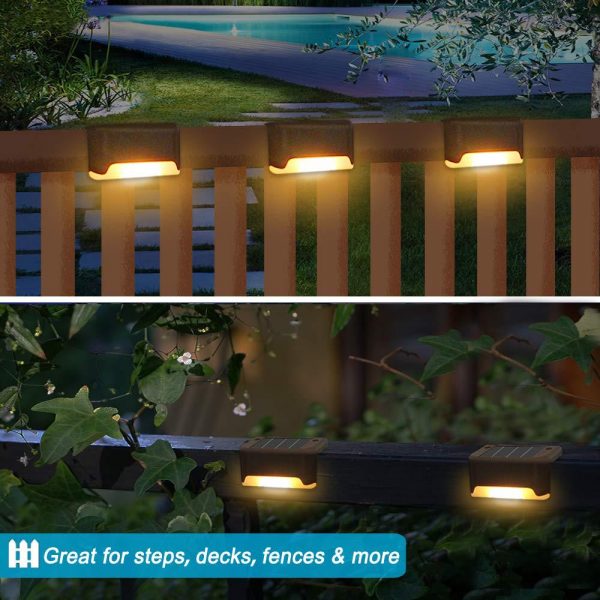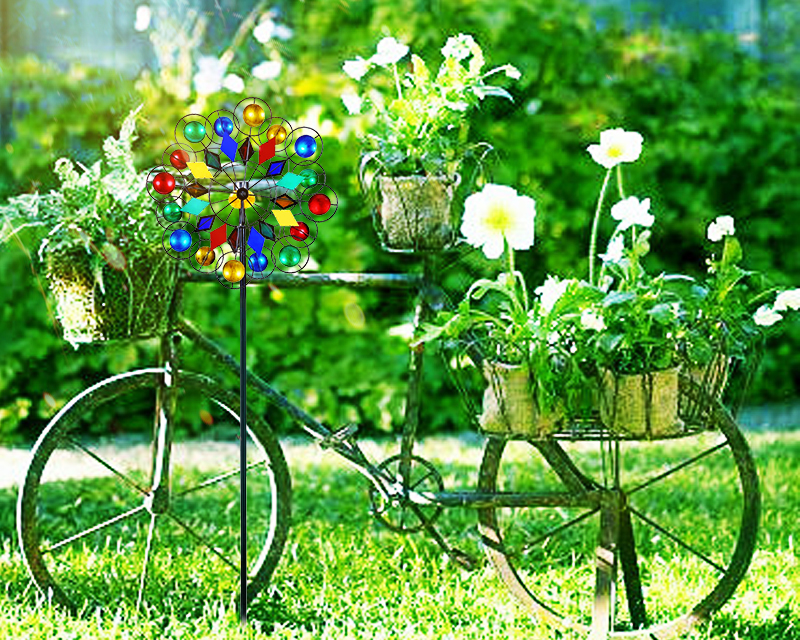Introduction: The Power of Outdoor Lighting
The right outdoor lighting can transform your garden into a magical oasis, extending the beauty and functionality of your outdoor space well into the evening. Whether you’re hosting a summer barbecue, enjoying a quiet evening under the stars, or simply highlighting your garden’s best features, outdoor lighting plays a crucial role in setting the mood and enhancing the overall aesthetic. In this guide, we’ll explore the various aspects of outdoor lighting, from selecting the right type of light to installing it effectively, ensuring that your garden becomes a stunning showcase at night.
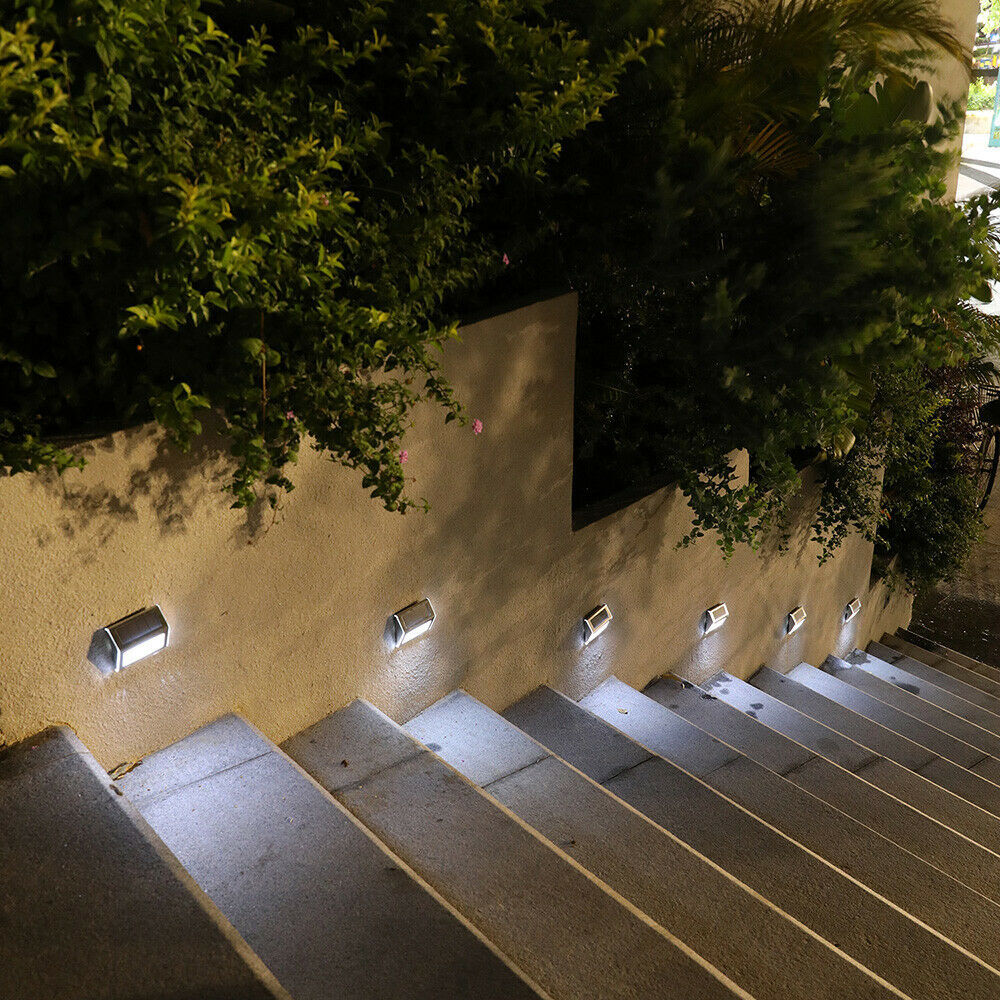
Understanding the Basics of Outdoor Lighting
Before diving into specific lighting options, it’s essential to understand the basics of outdoor lighting. This includes the different types of lights available, their purposes, and how they can be used to achieve various effects in your garden.
Types of Outdoor Lighting
Outdoor lighting generally falls into three main categories: ambient, task, and accent lighting.
- Ambient Lighting: Also known as general lighting, ambient lighting provides overall illumination to an outdoor space. It’s designed to create a comfortable level of brightness without glare, allowing you to move around safely. Examples include hanging lights, wall lights, and post lights.
- Task Lighting: This type of lighting is used for specific activities like grilling, reading, or walking down a pathway. Task lighting should be bright enough to illuminate the area for safe and effective use. Examples include pathway lights, deck lights, and security lights.
- Accent Lighting: Accent lighting is used to highlight specific features in your garden, such as a statue, water feature, or tree. It adds drama and depth to your outdoor space by creating focal points and drawing attention to the most beautiful parts of your garden. Examples include spotlights, uplights, and landscape lighting.
Importance of Color Temperature
Color temperature is a critical factor in creating the right mood in your garden. Measured in Kelvins (K), color temperature can range from warm (yellowish) light to cool (bluish) light.
- Warm Light (2000K-3000K): Warm light creates a cozy, inviting atmosphere. It’s ideal for areas where you want to relax, such as patios and seating areas.
- Neutral Light (3000K-4500K): Neutral light is closer to natural daylight and is perfect for task lighting or highlighting garden features without altering their natural colors.
- Cool Light (4500K-6500K): Cool light is crisp and bright, making it suitable for security lighting or for creating a more modern, vibrant look in your garden.
Energy Efficiency
With the growing emphasis on sustainability, energy efficiency is an essential consideration when choosing good outdoor lighting. LED lights have become the standard for outdoor lighting due to their long lifespan and low energy consumption. Solar-powered lights are another eco-friendly option, utilizing the sun’s energy to illuminate your garden without increasing your electricity bill.
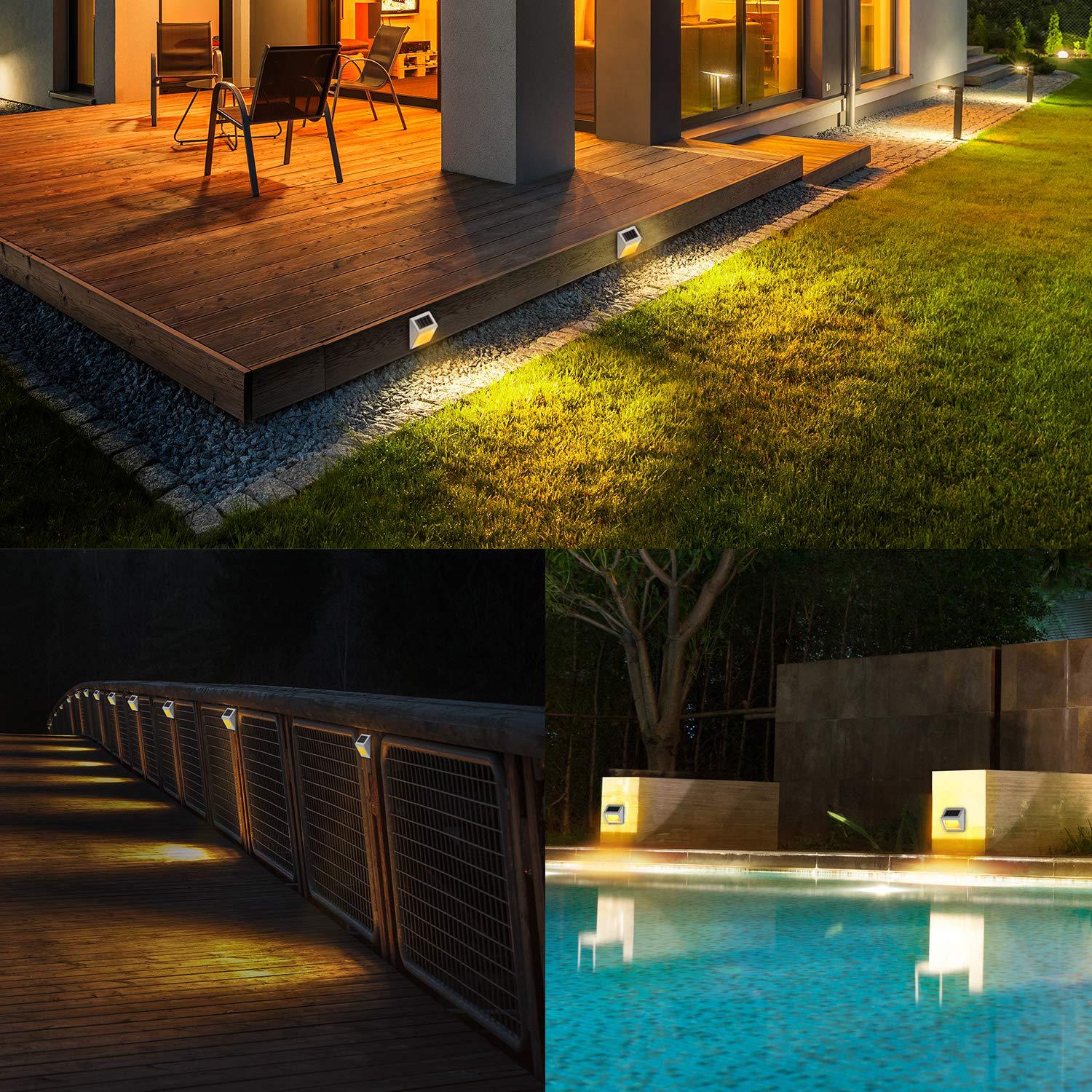
Planning Your Garden Lighting
Effective garden lighting starts with careful planning. Understanding your garden’s layout, identifying key areas to highlight, and determining the purpose of each light will help you create a cohesive and functional lighting scheme.
Assessing Your Garden
Start by walking around your garden at different times of the day and night to assess the areas that need lighting. Consider the following:
- Paths and Walkways: These areas need sufficient lighting to ensure safety and visibility. Path lights, bollard lights, and step lights are excellent choices.
- Seating Areas: Whether it’s a patio, deck, or gazebo, seating areas benefit from ambient lighting that creates a warm and inviting atmosphere. String lights, lanterns, and pendant lights work well here.
- Garden Features: Identify the focal points in your garden, such as trees, shrubs, water features, or sculptures. Accent lighting can be used to highlight these features and add visual interest.
- Security: Consider areas where you need additional security, such as the perimeter of your property or near entry points. Motion-sensor lights or floodlights can deter intruders while providing adequate illumination.
Creating a Lighting Plan
Once you’ve assessed your garden, create a lighting plan that outlines the type and placement of each light. This plan should include:
- Lighting Zones: Divide your garden into different zones based on their function and lighting needs. For example, you might have a zone for entertaining, a zone for relaxation, and a zone for security.
- Light Placement: Determine the best location for each light, taking into account the angle, height, and distance from the area you want to illuminate.
- Lighting Controls: Consider how you’ll control your lights. Timers, dimmers, and smart lighting systems allow you to adjust the brightness and timing of your lights according to your needs.
Balancing Light and Shadow
One of the keys to successful garden lighting is balancing light and shadow. Too much light can make your garden look flat and uninviting, while too little light can create dark, unappealing areas. Use a mix of lighting types and intensities to create layers of light that add depth and dimension to your garden.
Choosing the Right Outdoor Lights
With a lighting plan in place, it’s time to choose the right lights for your garden. The type of light you select will depend on the specific needs of each area and the overall aesthetic you want to achieve.
Path Lights
Path lights are essential for illuminating walkways, driveways, and garden paths. They not only provide safety by guiding the way but also add a decorative element to your garden.
- Types of Path Lights: There are several types of path lights to choose from, including stake lights, bollard lights, and recessed lights. Stake lights are easy to install and can be placed along the edges of paths, while bollard lights offer a more substantial presence and can be used as focal points. Recessed lights are installed flush with the ground, providing a sleek and modern look.
- Material Considerations: When choosing path lights, consider the material they’re made from. Stainless steel, aluminum, and brass are durable options that can withstand outdoor conditions. Plastic lights are more affordable but may not last as long.
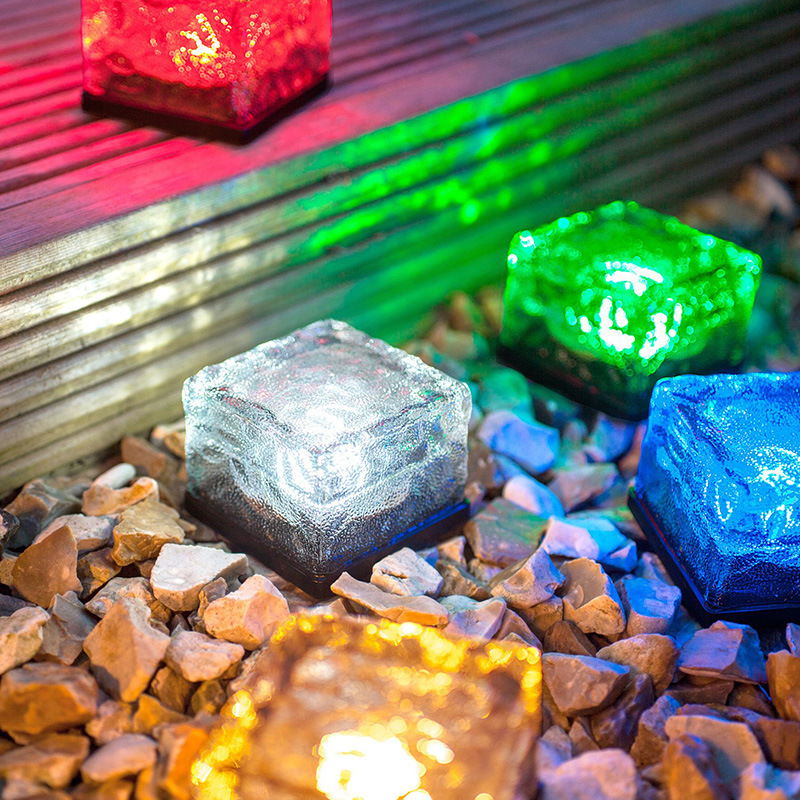
Spotlights and Uplights
Spotlights and uplights are ideal for highlighting specific features in your garden, such as trees, statues, or architectural elements. These lights create dramatic effects by casting focused beams of light, drawing attention to the most beautiful parts of your garden.
- Spotlights: Spotlights are typically used for accent lighting and can be directed at a specific object or area. They’re perfect for highlighting tall trees or garden sculptures.
- Uplights: Uplights are placed on the ground and shine upwards, creating a sense of height and drama. They’re great for illuminating the trunks of trees or the facades of buildings.
Wall and Fence Lights
Wall and fence lights are versatile options that can be used for both ambient and task lighting. They’re perfect for illuminating patios, decks, and outdoor seating areas.
- Wall Sconces: Wall sconces are mounted on walls and provide a warm, inviting glow. They come in various styles, from traditional lanterns to modern minimalist designs, allowing you to choose one that complements your garden’s aesthetic.
- Fence Lights: Fence lights are installed along fences or walls and provide a subtle, indirect light. They’re ideal for creating a soft, ambient glow that enhances the overall atmosphere of your garden.
String Lights and Lanterns
String lights and lanterns add a whimsical, festive touch to your garden. They’re perfect for creating a cozy, intimate atmosphere in seating areas or for adding a decorative element to trees and pergolas.
- String Lights: String lights are incredibly versatile and can be draped across trees, fences, or pergolas. They’re available in various styles, from classic globe lights to fairy lights, allowing you to create the perfect ambiance.
- Lanterns: Lanterns add a charming, rustic touch to your garden. They can be hung from hooks, placed on tables, or even set on the ground to create a warm, welcoming glow.
Solar-Powered Lights
Solar-powered lights are an eco-friendly option that harnesses the sun’s energy to illuminate your garden. They’re easy to install, requiring no wiring, and are available in various styles, including path lights, spotlights, and string lights.
- Advantages of Solar Lights: Solar lights are energy-efficient and environmentally friendly. They’re perfect for areas that receive plenty of sunlight, and they automatically turn on at dusk, providing hassle-free lighting.
- Limitations of Solar Lights: Solar lights depend on sunlight to charge, so they may not be as bright or reliable in shaded areas or during cloudy weather. It’s important to choose high-quality solar lights with efficient panels and long-lasting batteries.
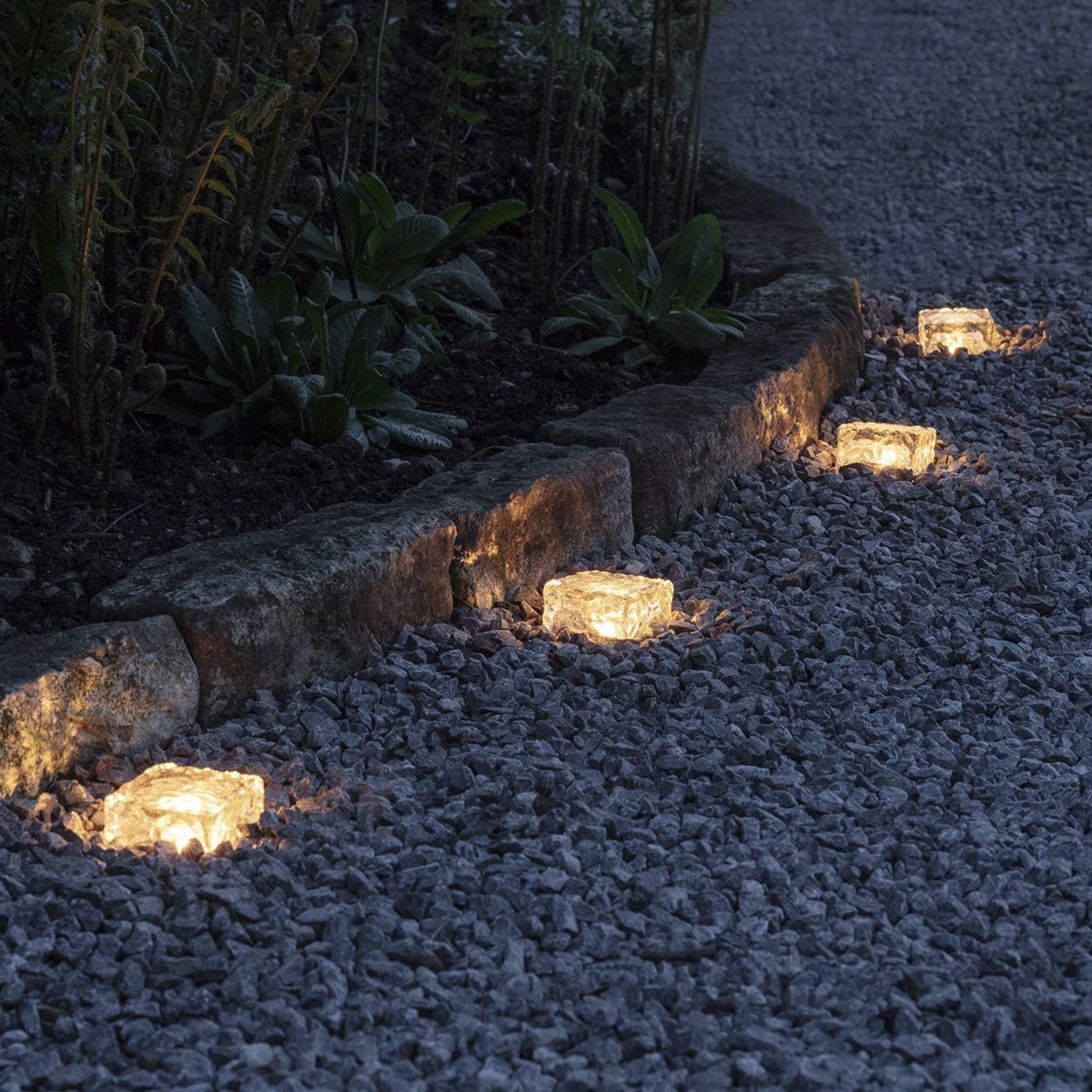
Conclusion: Transforming Your Garden with the Right Outdoor Light
Outdoor lighting is a powerful tool that can completely transform your garden, creating a space that is beautiful, functional, and inviting. By understanding the different types of lighting, planning your garden layout, choosing the right lights, and maintaining them properly, you can create a garden that shines brightly, no matter the time of day.
If you’re ready to transform your garden with the right outdoor lighting, be sure to visit the Bestgarden store. They offer a wide selection of high-quality outdoor lights, from path lights to spotlights, all designed to help you create the perfect outdoor ambiance. With the right lighting, your garden can become a stunning showcase that you’ll enjoy for years to come.
 Spring decorative artificial hydrangea flower for home decor simulation silk hydrangea stem
1 × $0.82
Spring decorative artificial hydrangea flower for home decor simulation silk hydrangea stem
1 × $0.82  Decorative high quality artificial large sunflower
1 × $2.90
Decorative high quality artificial large sunflower
1 × $2.90  Artificial bouquet chrysanthemum stem artificial Daisy home decoration
1 × $0.53
Artificial bouquet chrysanthemum stem artificial Daisy home decoration
1 × $0.53  Daisy Camellia flowers outdoor handmade Mini flower gift Silk Small artificial Rose
1 × $0.81
Daisy Camellia flowers outdoor handmade Mini flower gift Silk Small artificial Rose
1 × $0.81 
